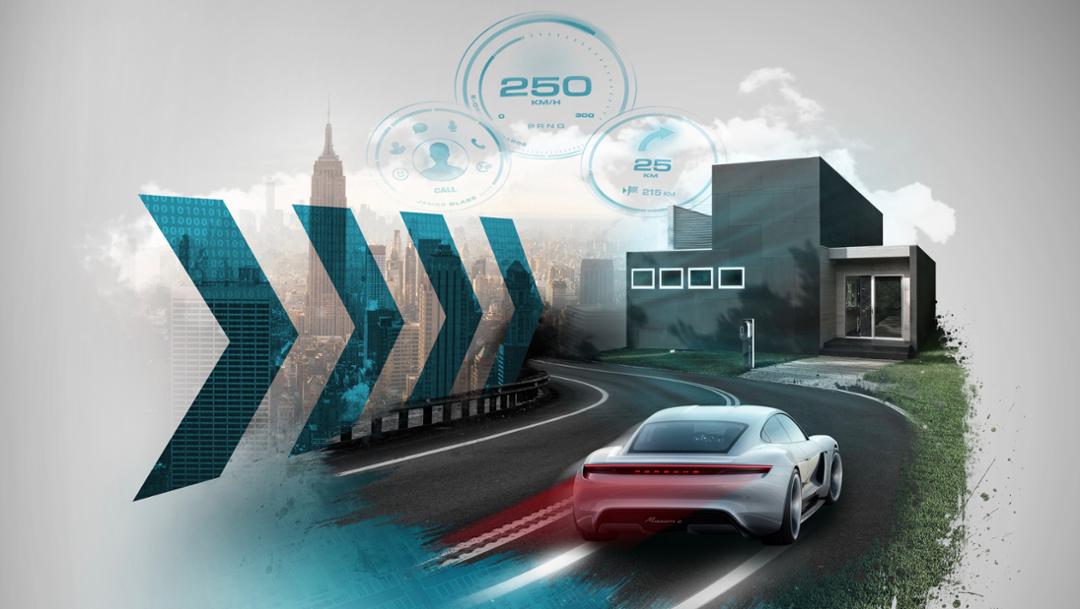Ten years on, the money market revolution has manifested itself as an ATM in Germany. After the Berlin Court of Appeal ruled, at the end of September 2018, that bitcoin is not a financial instrument and therefore can be traded privately, a Munich-based entrepreneur quickly responded by setting up a bitcoin ATM at the end of October. At these ATMs, real currency can be exchanged for bitcoin – as is already established practice at Amsterdam Airport Schiphol, enabling travellers to easily convert their excess euros and cents.
However, it remains rather unlikely that bitcoin ATMs will be popping up all over Germany. Although the cryptocurrency was the major hype at the end of 2017, it suffered a major dampener in the form of a rate crash this year; furthermore, BaFin (the German Federal Financial Supervisory Authority) has indicated that it is unimpressed by the judgment from Berlin, referring to it as a one-off decision under criminal law, and continuing to insist on withholding authorisation. The chosen location for the Munich ATM – inside an amusement arcade, of all places – is perhaps unlikely to encourage serious business people to rely on bitcoin, but it is nevertheless true that the cryptocurrency is an instrument that may change society in the long term. The range of services and products based on bitcoin has increased significantly in the course of this year – and not just those from start-ups, either. In Switzerland, for example, it’s possible to obtain bitcoin from Swiss Federal Railways (SBB) ticket machines, meaning that the SBB is advertising the possibility of making payments without a credit card or bank details at more than 10,000 acceptance points worldwide. Though bitcoin is just the publicity vehicle here. The real story is the underlying technology: blockchain. Blockchain has already found its way into a huge range of economic settings. In May, “Wired” magazine published a list of 187 problems that could be solved with this technology, including water supply, the pension system, and protection of health data – but also subjects such as cancer and economic crises.
Putting the technology to use in complex societal contexts is also a focus for Volkswagen Group, which is working in conjunction with online clothing retailer Zalando to set up a hackathon. This event seeks to unearth innovative ideas for increasing transparency in the supply chain, such as a smart tracking system for raw materials, that keeps track of each object throughout the delivery chain and reports the information to the digital system. “Transparency in the delivery chain is a burning issue both when it comes to Zalando SE and the fashion industry, and with us in the Group. We engage with this issue via a special unit focused on procurement and sustainability in the delivery chain,” explains Lena Schorsch, Corporate Citizenship at Volkswagen Group.
Inside the car itself, blockchain technology is expected to provide assistance in many everyday aspects, in diverse respects from locking and unlocking the vehicle to time-limited access authorisation that the owner is able to issue, to improving autonomous driving functions – all of which has to be tamper-proof and impossible to manipulate. Blockchain technology can also facilitate the secure handling of payment processes: parking tickets, toll fees, and energy billing after charging an electric car, for example.
Looking at parking charges, Matthias Falkenberg has built a prototype with colleagues Tiziana Vicino and Matthias Hub, after they developed a network based on blockchain technology. Porsche takes on the “gateway” role in this project. In other words, the sports car manufacturer unlocks the virtual vehicle for service providers which offer their services via the Porsche platform, such as evopark GmbH – in this case, to enable the straightforward billing of parking fees. Once that door is unlocked, the provider has access to the customer seeking to use their service. Here’s how it works: the Porsche customer drives to a car park and presents an RFID card for identification at the entrance gateway. The gateway uses electromagnetic waves (radio frequency identification) to transfer the necessary identification data to the car park terminal. When the customer leaves the car park, the ID is transferred again and the parking fee is billed via a virtual customer blockchain wallet, where a data block is generated in order to document the transaction. It’s no longer necessary for the customer to walk to the parking ticket machine, or search out the right small change.
Blockchain technology is expected to provide assistance in many everyday aspects
“In this situation, the car park is the transmitter and the customer the recipient of a type of IOU, which details the amount and currency. In the blockchain network, the term for these transactions is ‘You Owe Me’. At the end of the billing period these UOMs are collected by Porsche, and sent back to the provider,” says Falkenberg, explaining the principle. “This process creates new data blocks in the blockchain, the monetary equivalent of which our chosen payment service provider debits from the customer account.” The debited amount for the parking tickets is then transferred to the car park operator by Porsche. “The advantage of this is that we are able to offer our customers services without each of them needing to register for the services in advance,” comments Falkenberg. The specific customer data is only known to Porsche – and yet, blockchain enables customers to also use services from other providers and then pay for them via Porsche. Another significant advantage of blockchain is that no transaction fees are incurred for “micro-payments” of this type (i.e. payments of low individual amounts), because the documented data blocks mean that no go-betweens or intermediary service providers are required.
Blockchain-supported parking is at the “proof of concept” stage, as the engineers have proven that the technology works, using a scenario that is specific and, most importantly, practically relevant. Important findings can be gleaned from the tests. For example, programmers were not sure whether the frequency of the additional data blocks could be too high. “With this thought in the back of our minds, we decided on the Stellar blockchain protocol which, based on conservative estimates, can handle 1,000 transactions per second. This was more than enough to bill for parking tickets in the context of our evaluation of blockchain technology,” the IT specialist explained.
However, he added one caveat: “Our proof of concept also demonstrated that the level of maturity of blockchain technology is still very low at various points. This means that – perhaps unsurprisingly – although there are countless theoretical investigations on the subject, wide-ranging and meaningful practical use in industry Is still a long way off.”
Nonetheless, Falkenberg and his colleagues agree that blockchain technology is here to stay. Oliver Döring, Financial Strategy and Risk Management, is convinced that Porsche will of course engage with it intensively and at an early stage, as it does with all innovative technologies: “Blockchain enables us to transfer data more quickly and securely, and so to offer our customers even more convenience in future, whether when charging, parking, or providing temporary access to a vehicle for third parties such as couriers.”
He added that being able to open and close the vehicle remotely is a good example of a benefit of blockchain versus IT networking via central computers. “If the car itself becomes part of the blockchain, a connection can be made locally, for example from a smartphone to the car, and so without being channelled via the internet or computer centres,” Döring points out.
“This not only makes the functionality up to six times faster than is possible with current technology, but also increases security as the process is built on efficient cryptographic encryption, as well as being unalterably documented in the blockchain.”
Furthermore, Porsche is working on additional business models based on blockchain, in which the relevant user always retains control of the data, and decides him or herself how it is used. Additionally, all activity throughout is documented in the blockchain, resulting in complete transparency with respect to deletion processes.
From this basis, it will in future be possible to offer autonomous driving with improved functions in future: local data can be used to achieve regional learning effects, and these effects can be securely shared with other vehicles. In this way, the customer will be able to use swarm data, whilst still remaining protected.
Related Content



